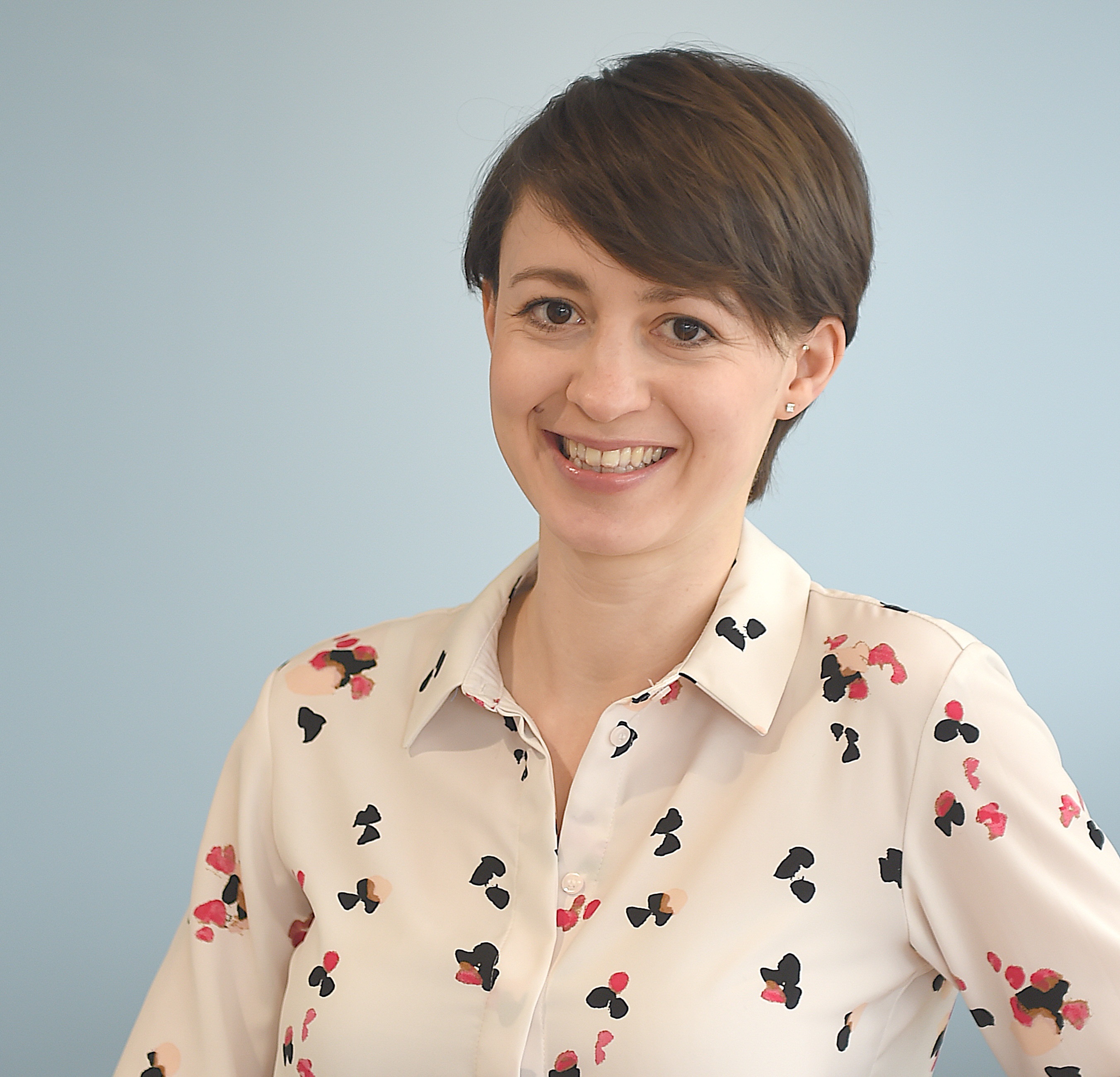Work carried out: Edinburgh Napier University Sighthill Campus
Funding: None
Clinical trial reg: N/A
Role: I am a PhD student and this review is based on the literature review for my thesis.
Abstract: Aims
There are a number of risk and protective factors which influence the likelihood that young people will start using alcohol, cigarettes and drugs during adolescence. Two important factors are parent-child connectedness and communication. The aim of this review was to answer the following research question: what is known about the relationship between parent-child communication and adolescent substance use?
Methods
Six databases (PsycINFO, PBSC, ASSIA, CINAHL, MEDLINE, Web of Science) were searched using a range of key words between December 2013 and August 2014. Studies were included if they were published in English, from 1980 to 2014, in peer-reviewed academic journals. Inclusion criteria were (i) any study design; (ii) smoking, alcohol and drugs; (iii) adolescence (10-19 years); (iv) related to parent-child connectedness, relationships or communication. Reference lists of relevant articles were also searched.
Results
A total of 77 articles were included, the majority of which used a longitudinal or cross-sectional survey design. Good quality general communication, good quality substance use specific and high quality relationships between parents and adolescents appear to be protective against early substance use initiation and substance use during adolescence.
Conclusions
Parent-child communication and connectedness appear to be protective against substance use during adolescence. However, there is a lack of research regarding whether these factors are protective in vulnerable adolescents. Research is required which provides insight into these apparently protective factors in vulnerable adolescents, such as those looked after by the state. This presents a potential route for interventions to reduce substance use and misuse in this extremely vulnerable population.
Co-Authors
Prof. Lawrie Elliott, Edinburgh Napier University Dr Janet Hanley, Edinburgh Napier University Prof. Catriona Kennedy, University of Limerick
